Chapter 3
The First Ford Car
At the Edison Illuminating Company, Henry Ford had flexible hours. He had time to visit local machine shops and learn more about making metal parts. And he had time to develop his new engine in a small workshop he built outside the Edison company.
Fred Strauss was just one of the mechanics Ford recruited to help him build his first car. The two men got along well, and they often joked around. Ford made friends easily. Strauss said that “Henry had some kind of a ‘magnet.’ He could draw people to him.”
Finally, on June 4, 1896, Ford was ready to test his first vehicle. Ford called the vehicle a “buggy,” but his official name for it was the Quadricycle. It certainly didn’t look like a modern car. The driver sat on a short bench in the open cart and used a stick, instead of a wheel, to steer it. Its top speed was twenty miles per hour.

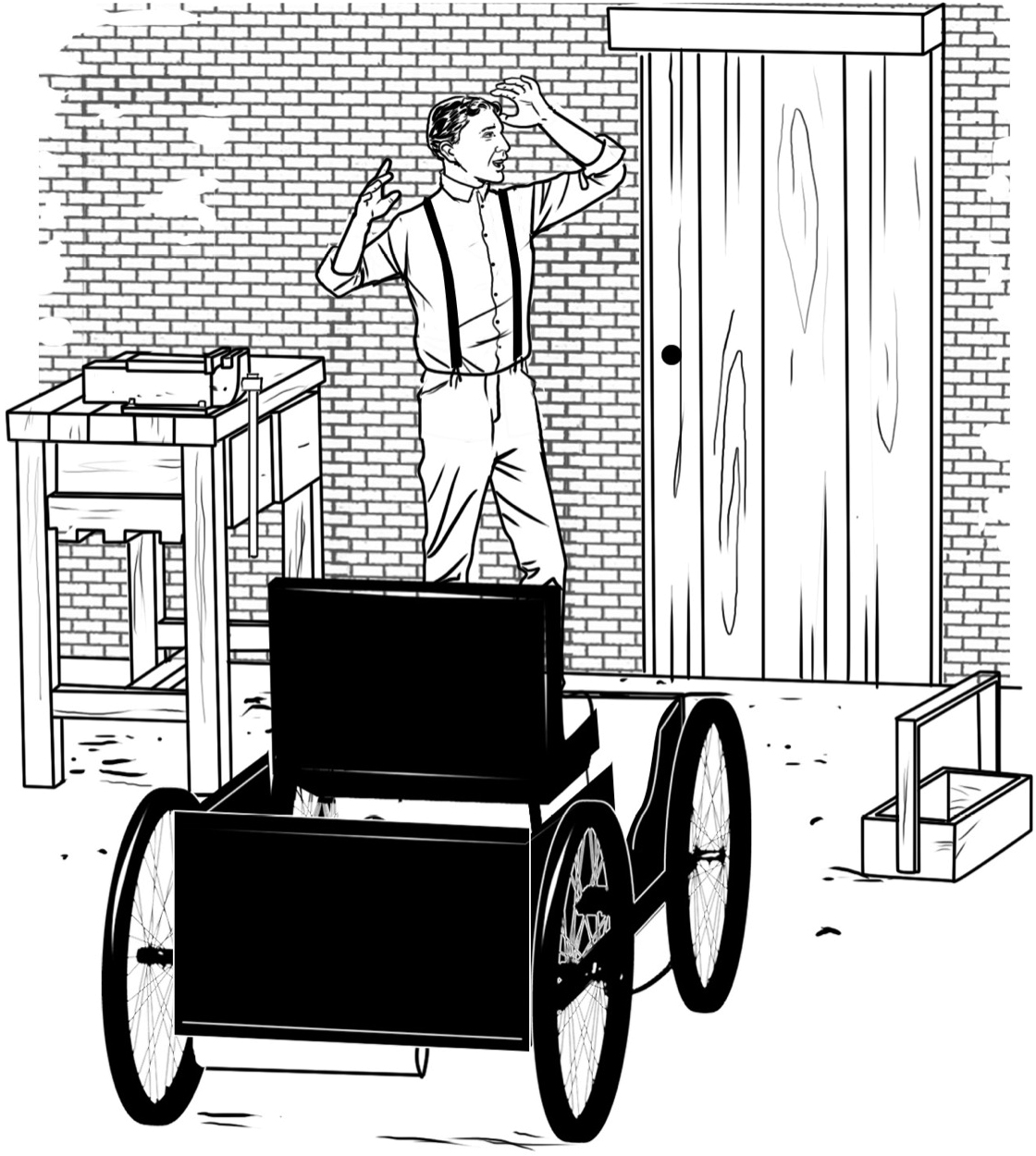
As he prepared for the car’s first run, Henry realized he had a problem. The vehicle was too wide to fit through the doors of his workshop! He had been working so hard to build his dream car, he never measured the front door! He took an ax and whacked at the bricks around the doorway to widen it. He then hopped in his buggy and headed down the streets of Detroit. The test ride was nearly perfect.
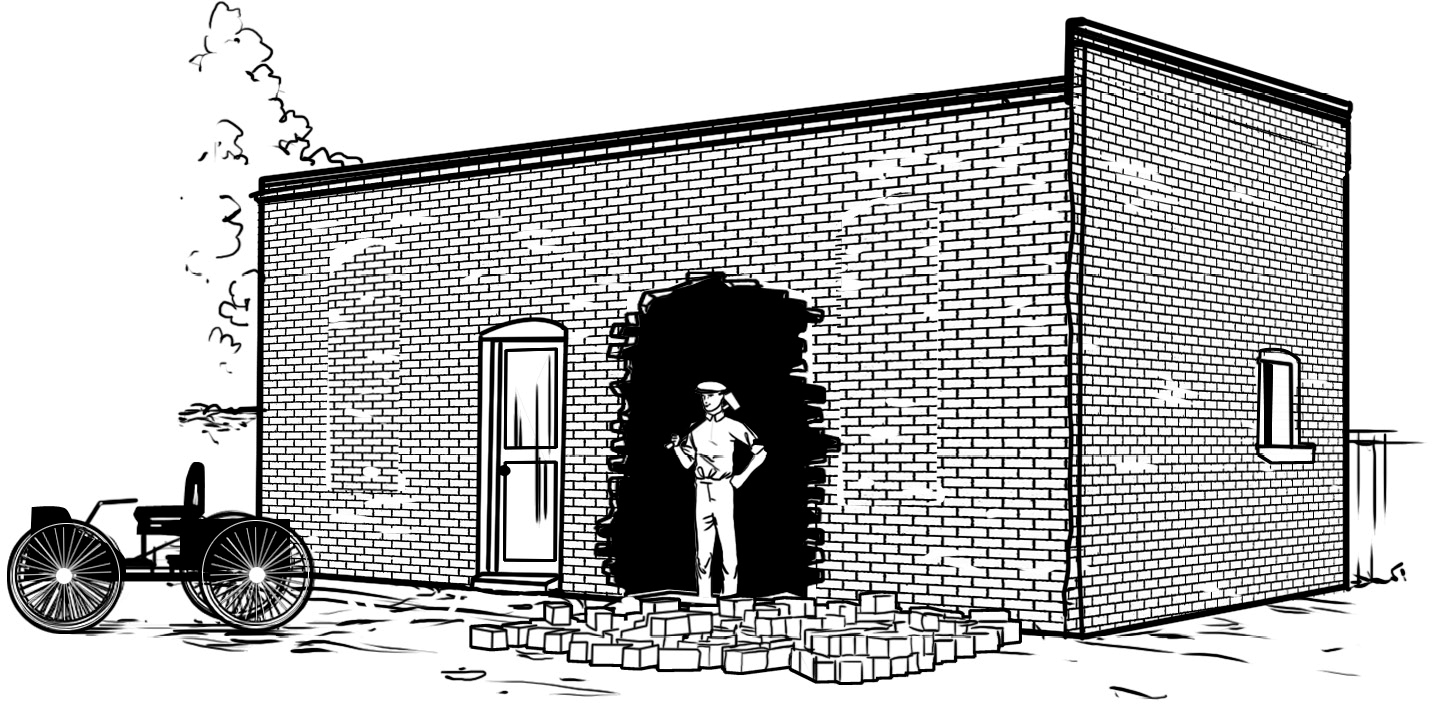
As he worked to develop his Quadricycle, Henry knew he was not alone. Inventors across America were racing to build automobiles. One had rumbled down the streets of Detroit just three months before. Like Henry’s car, that one also had a gas engine. But other early autos relied on steam engines or power from a battery.
Henry was convinced that his design was the best. The gas engine gave his car more power than an electric car, and it was lighter than steam cars. The Quadricycle was light and strong at the same time. Henry liked simple things that would work well and last a long time.
Shortly after his first drive in the Quadricycle, the Edison Illuminating Company took Henry to New York for a convention. In New York, Henry explained his gas engine to the founder of the company—the great inventor Thomas Edison. He drew sketches to show how it worked. Edison’s advice to Henry was “Keep on with your engine. If you can get what you are after, I can see a great future.”
Those positive words thrilled Henry. Ford and Edison would eventually meet again and become close friends, sharing ideas and even vacationing together. Edison would praise Ford as a “natural mechanic” and a “natural businessman.” But in the summer of 1896, Henry still had a long way to go before people would compare him to Edison.

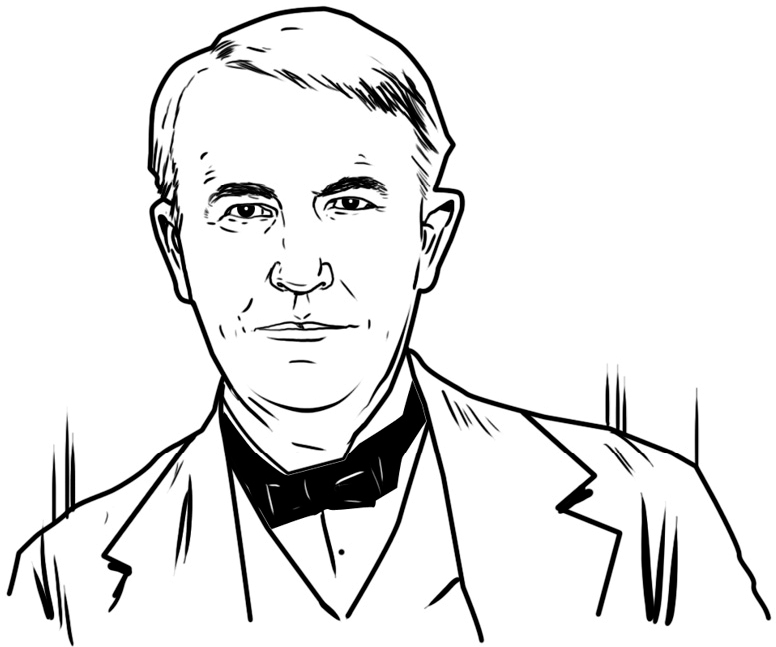
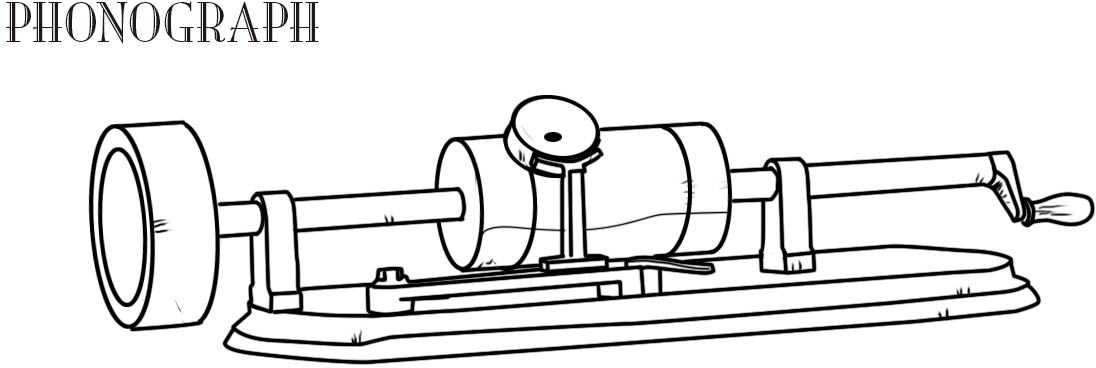
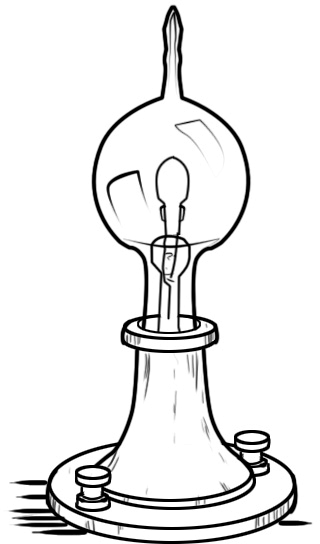
Back in Detroit, Henry improved the Quadricycle. His second version was a little larger and had a stronger frame. He sometimes drove it to Dearborn with Clara and young Edsel. On the first visit to the family farm, Margaret Ford saw how proud her brother and his wife were with their new “horseless carriage.” She and the rest of the family got their first ride in a car that day.

By 1899, Henry was ready to leave the Edison Illuminating Company. He was ready to start his own company. He knew this was risky. As he later wrote, “Many wise people explained . . . [that the car] could never be more than a toy.” But Clara supported him, and Ford was determined to bring his dream car to the world.